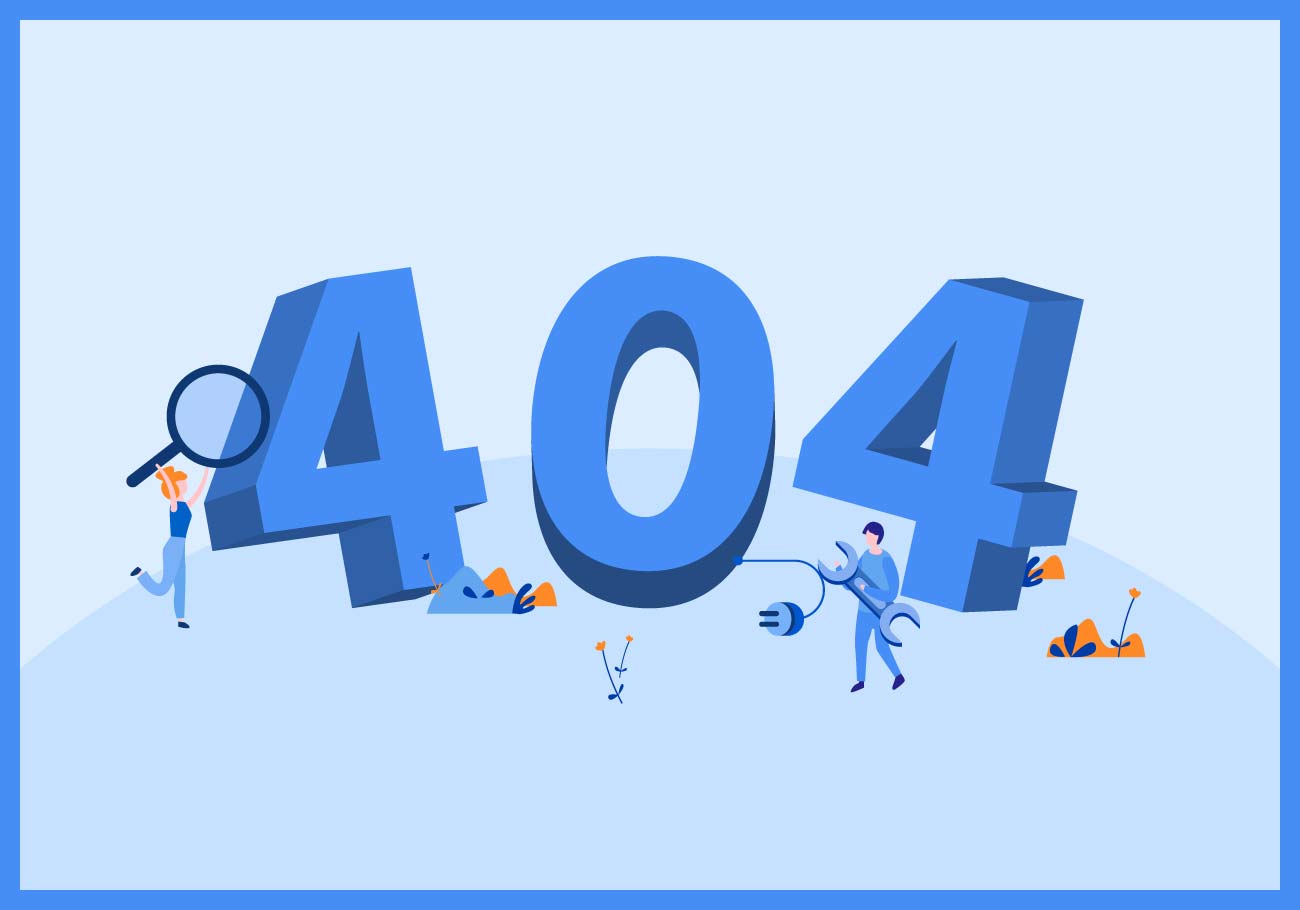
404
Opps page not found
Sorry but the page you are looking for does not exist, have been removed. name changed or is temporarily unavailable
Go Back
Sorry but the page you are looking for does not exist, have been removed. name changed or is temporarily unavailable
Go Back